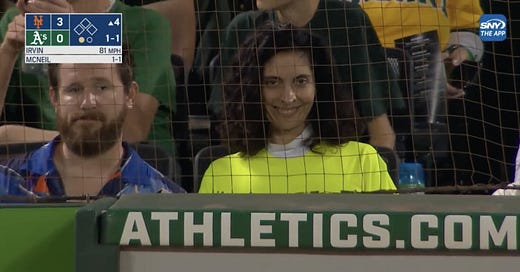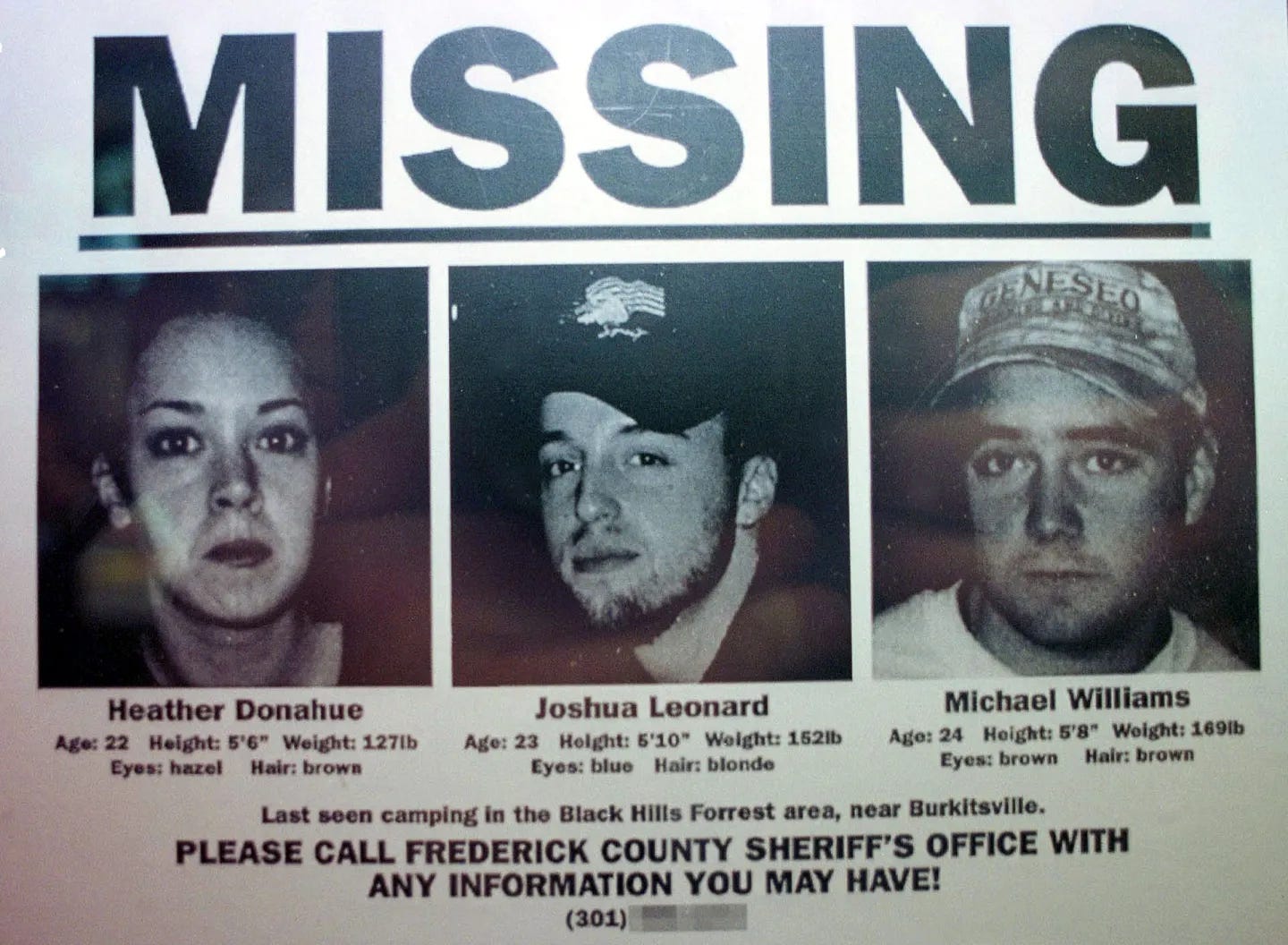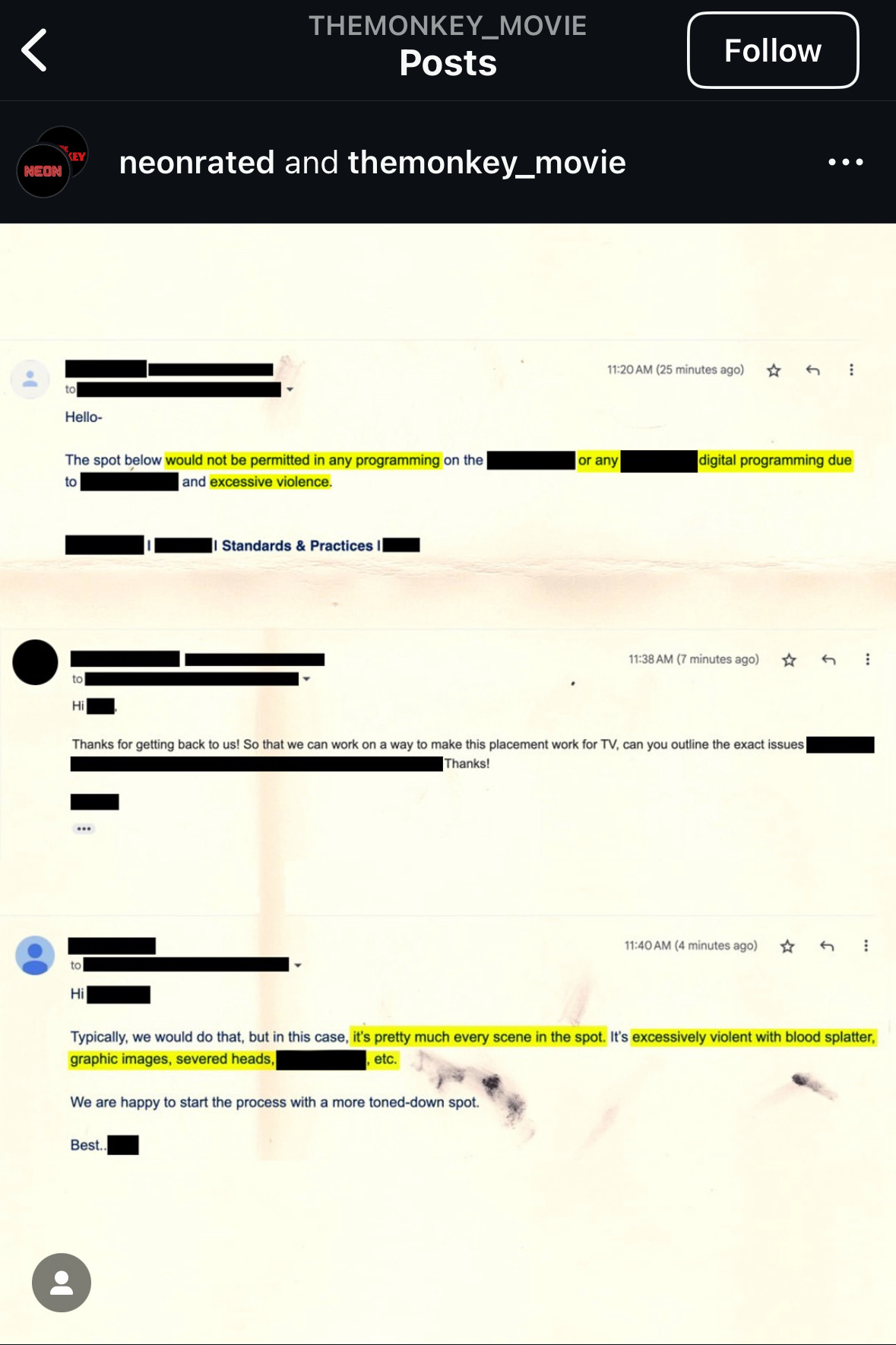The Best Movie Marketing Campaigns
Livia
When I’m not writing these newsletters, my day job is in marketing and public relations. Fun fact: I fell into this career field because I wanted to be a journalist, but my dad convinced me I’d make no money, so I pivoted into PR. While I’d like to imagine another version of me has a very successful career in journalism, I’m very grateful I made this pivot. I absolutely love my job, especially now that I get to actually use my degree unlike in my last job at [redacted].
I always thought I was just insanely lucky for essentially picking PR out of a hat once I gave up on journalism, but if I think more about it, PR has always been something I appreciated, specifically in film.
It’s a running joke in the PR world that we are the unseen part of promotion. That still is the case in many ways, but PR tactics are starting to become more mainstream. Audiences can see most coming a mile away. When I was younger, media training jokes and PR relationships were not a commonly known and joked-about thing. PR was a truly hidden art, so no wonder it took me so long to find out it was something I loved for a very long time.
And of course, the PR that I remember the most had to do with film, especially horror films. So in celebration of the unseen heroes of film promotion, here are some of my favorite horror film marketing and PR campaigns:
Smile - a viral sensation
I guarantee most of y’all have heard of this campaign. To promote the first Smile move, Paramount hired actors to menacingly smile in the background of widely watched programs like a Yankees vs Red Sox game and the Today show around the movie's release. This campaign bet on the fact that people would notice these background actors and post about them, essentially relying on user-generated content to create a viral marketing campaign. And it worked beautifully.
Longlegs - a gift to horror nerds
Longlegs had probably one of the best marketing campaigns I’ve seen in a long time, but my favorite element was the website they made about each murder: https://thebirthdaymurders.net/. It’s a very simple and mysterious site that talks in depth about each murder by the titular character played by Nic Cage. The details are disturbing and the site itself is really engaging. Especially, since there are tons of easter eggs and ciphers hidden throughout. In my research, I found so many Reddit threads trying to decipher each one.
The best thing about this website is that it’s not even featured in the movie. I don’t remember a single detail from the website that mattered at all to the movie itself. I love the idea that so much effort and care was given to something that seems to be solely made for people who love horror and love a good riddle. You can tell that the marketing team for Longlegs knew exactly who they were marketing to and didn’t hold back. You can feel the care in each marketing piece they released, and that’s the effect of a great marketing campaign.
The Blair Witch Project - doing the best with what you have
The Blair Witch Project was estimated to have cost $60,000 to make. After marketing costs, the total cost of the film is estimated to be about $500,000 to $750,000. That seems like a lot of money, but even then it was pretty rare to hear of a movie that was made for under a million dollars.
The Blair Witch had two things actively working against it: low budget and a no-name cast. Most movies would fail with even just one of these things, so how did it succeed? It leveraged them. The low budget look of the film paired with the unknown actors made it easy to promote the movie as real. Producer Kevin Foxe brought in PR firm Clein & Walker to help promote the film in 1998, and whoever in that firm made this marketing decision is probably the sole reason this movie is still talked about today. I mean, they even had the actors labeled as “missing, presumed dead” on their IMDB page. That’s genius! And costs nothing!
That’s why I love what I do. Good PR people make the most of what we have.
Anthony
Last month, I saw a pop up for Severance that had the main cast “working” in a glass cube in the Grand Central Terminal. It forced my brain down a mental rabbit hole of other great marketing campaigns. I questioned the seemingly recent increase of unique and captivating film/tv campaigns. I wanted to talk about the ones that have caught my attention and why I think they’re so great.
The first type marketing campaign I noticed were the ones that generated a lot of word of mouth due to how scary they claim to be. The horror genre lends itself very easily to . It feels natural to be intrigued in seeing the latest horror film because they all claim to be the “scariest of all time.” I’ve lost count of how many movies that have claimed to have made someone vomit/faint/leave because of how scary it is.
Even though it’s overused, Neon has found a way to breathe life into it and is doing it like no other production company. The weeks leading up to LongLegs, I didn’t see the website Livia described above, instead, I was following the posts from the film’s Instagram. The one caught my attention the most was a promo titled “Heartbeat.” It was a behind the scenes teaser that showed the beginning of a pivotal sequence where Maika Monroe’s character meets the titular Longlegs. The scene has Nicholas Cage’s face censored and is intercut with text “Maika’s resting heart rate is 76 BPM. In this scene, it hit 170 BPM.” As soon as I shared this . Even after I had seen the movie, I was still following the campaign to see what was next. Here is my favorite post, which was shared during the first weekend after it’s release:
Neon and Osgood Perkins kept that same energy with their recent release—The Monkey. Released last week, the marketing campaign was another one for the books. It heavily relyied on the excessive violence and numerous deaths. My favorite post was the email responses from the TV studios saying the trailer for the film is too violent to air.
This is a much better approach because I wanted to see just how bad the gore is that made studios want nothing to do with this film. I don’t have any desire to see what made someone else throw up or faint.
The other type of effective film marketing campaigns i’ve seen recently are those that are effective in blurring the line of reality and make the film feel grounded. In the digital age, its easier to do so in a variety of formats. I remember seeing that the characters from Ted Lasso had twitter accounts that were active when the show was on air. My personal favorite is when a movie or show has a website that is “owned” by a character or organization from the story. I loved exploring rataalada.com and peteypedia. In the real world, it seems more difficult to launch an effective campaign that has this same impact. Severence and Smile were able to do this because they are not that far from our own reality and leverage the mechanics of the story too. I hope the recent resurgence of good marketing campaigns brings more of these as this type is the most satisfying to see.
What are the most memorable marketing campaigns you remember? Has any horror movie made you throw up or pass out? I’m dying to talk to any of the 13 people who passed out watching Titane (2021).








